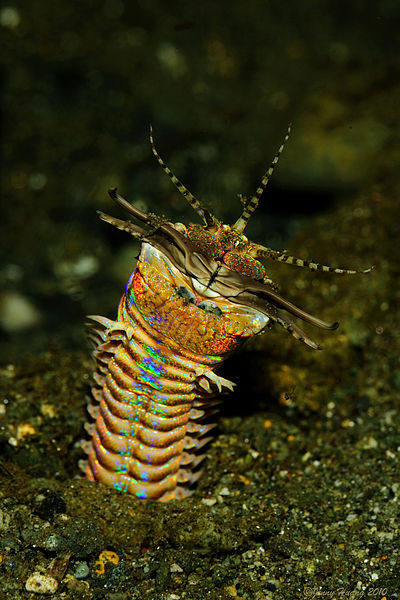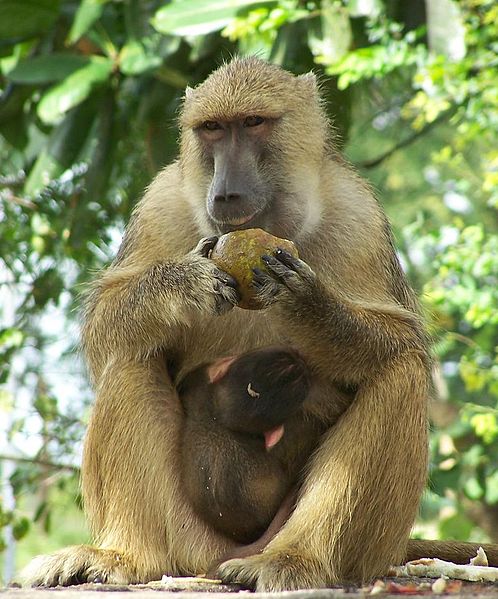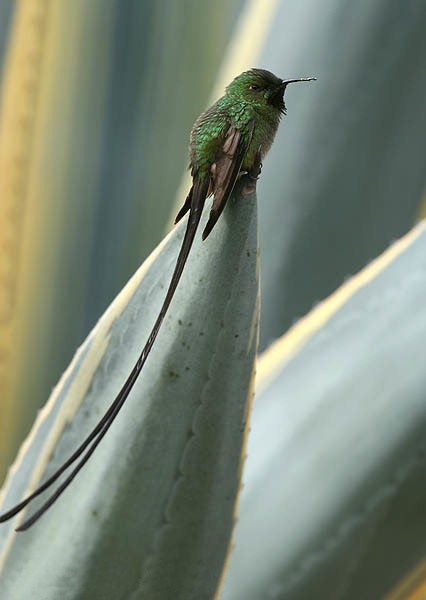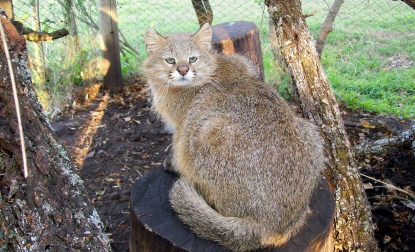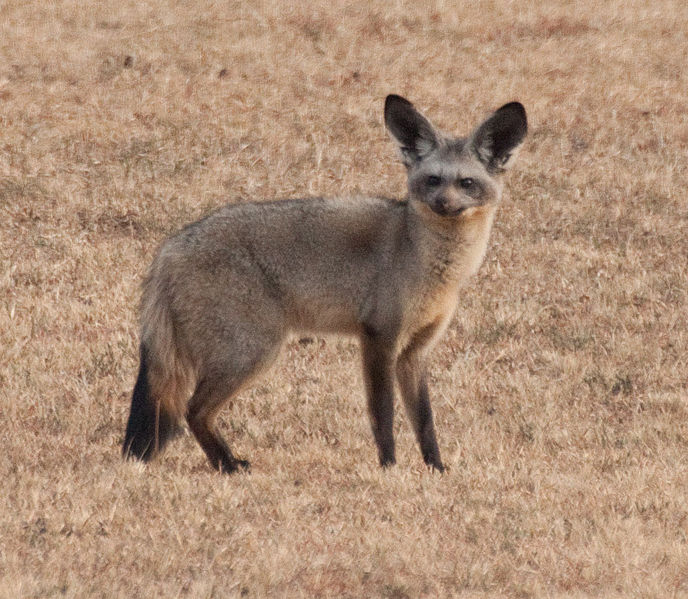
So we are at the beginning of another amazing week of animal facts and to start it all off, we are heading to the African continent to learn about a little canine species called the Bat-Eared Fox. If you take a look at the picture, I am sure you will figure out how this fox received their name. Yep, it has to do with the fact that their ears are incredibly large compared to the rest of their head, which is a trait that many bats also share. To get a glimpse of the unique Bat-Eared Fox, we will have to venture out into the grasslands and semi-deserts scattered across Africa.
Unlike other canine species, the Bat-Eared Fox is one of the few that has pretty much given up feasting on mammalian prey. So if they don’t eat small mammals like mice and rabbits then what to they eat? Believe it or not, they survive mainly on insects and other arthopods with their favourites being termites and dung beetles. Generally, I am not one to judge but it is probably bad enough eating insects day in and day out but to feast on Dung Beetles…….ewwww! The teeth of the Bat-Eared Fox are much smaller than their canine cousins, which is an adaptation to their insectivore diet.

The Bat-Eared Fox is technically a night owl, as they prefer to do their foraging in the cover of the darkness, which is probably a good idea if you live in a wide open area such as the grasslands. You don’t want to make things too easy on your predators, do you? Similar to other fox species, the Bat-Eared Fox is a hopeless romantic that will be monogamous to their mate. Although, it is unclear if this monogamy lasts their entire life or just for that breeding season. Anyone in need of a thesis topic….there you go!
Bat-Eared Fox Fast Facts – Our foxy friend will rely on its speed and incredible manoeuvrability to escape the clutches of their predators. This is probably a smart tactic considering there won’t be much cover for the Bat-Eared Fox to hide under. Luckily, this particular fox doesn’t have to worry too much about humans interfering with their life, although some indigenous people will hunt them. For the most part their populations are doing well and the Bat-Eared Fox is not at risk. Isn’t it nice getting good news on a Monday?
Well that does it for the first Wild Fact of the week. I hope you enjoyed yourself and I will see you tomorrow.


